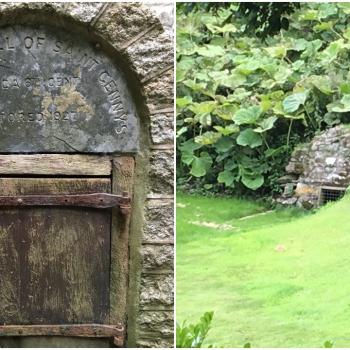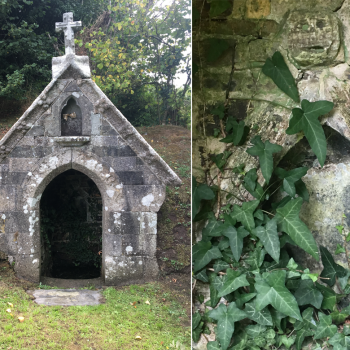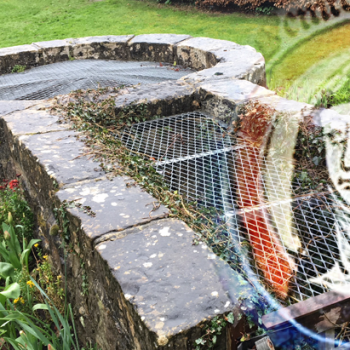Fire or Air?
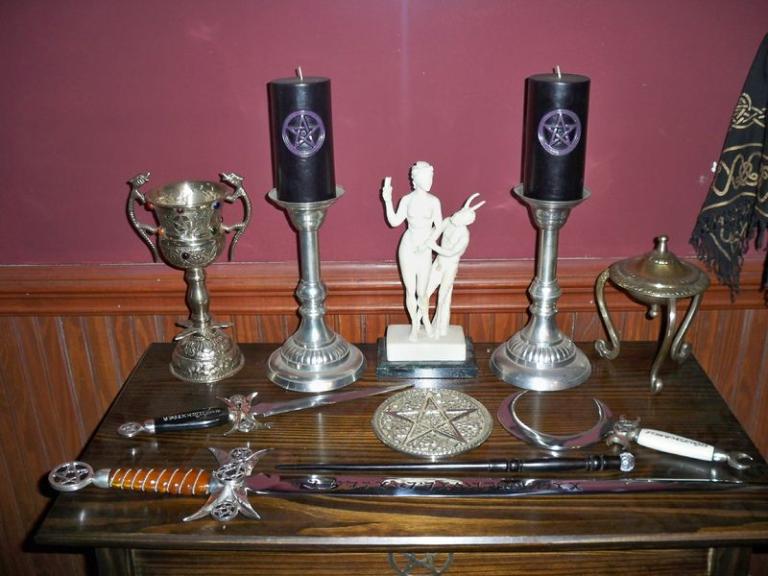
This is where Jason and I are in agreement – I have always seen the athame as symbolising Fire, and I always put it in the South quarter of my altar during rituals together with a candle to represent Fire. The wand is my Air tool, and goes in the East quarter with incense. However, I know that many other witches see the athame as an Air tool, while the wand represents fire.
I think I see the athame as representing fire because I see fire as being the most masculine of the elements, with water being the most feminine (I see air as being mainly masculine but with feminine traits, and earth as being feminine with masculine traits). Fire is the embodiment of masculine “Yang” energy, being hot, bright and dynamic. Swords, daggers and other weapons have long been associated with the masculine, both through their phallic appearance and through their use in warfare and hunting, which are traditionally considered male pursuits. Additionally, athames are typically made of metal and require fire in order forge them; what’s more, metal athames can withstand being immersed in fire without suffering damage, which is very useful in ritual (try doing that with a wooden wand!). Finally, blades are associated with blood, which, being red in colour, is also linked to fire. The wand, on the other hand, symbolises creativity, inspiration and intellect for me, so I see it being more closely aligned to air.
I should add here that some witches consider the East quarter to be the proper domain of fire, while air belongs in the South. This makes sense – the fiery sun rises in the East, and additionally it’s the polar opposite of the West, the domain of the elemental opposite water. I prefer to put fire in the South though, partly because fire also resides in the South in traditional Chinese philosophy – which has in turn influenced Shinto.
Black handled and double-bladed?
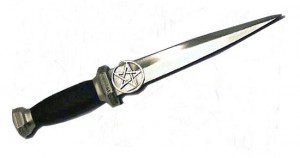
Most things I’ve read on the subject of athames says that traditionally they should be black-handled (which is traditionally wooden) and double-bladed. While I do agree with respecting tradition, I don’t actually think that what the athame looks like has much of an impact on its effectiveness – I think that your own personal feelings towards the blade are more important. So if you have any kind of knife-like implement that you feel a bond with, I think it’s good to go with it, even if it doesn’t fit the traditional image of the athame. My own athame is double-bladed, but has a dull metal handle as opposed to a black wooden one – but it was given to me by my Dad as a gift to use in my handfasting, so it has a lot of significance and meaning for me. I wouldn’t want to use any other athame.
Always metal?
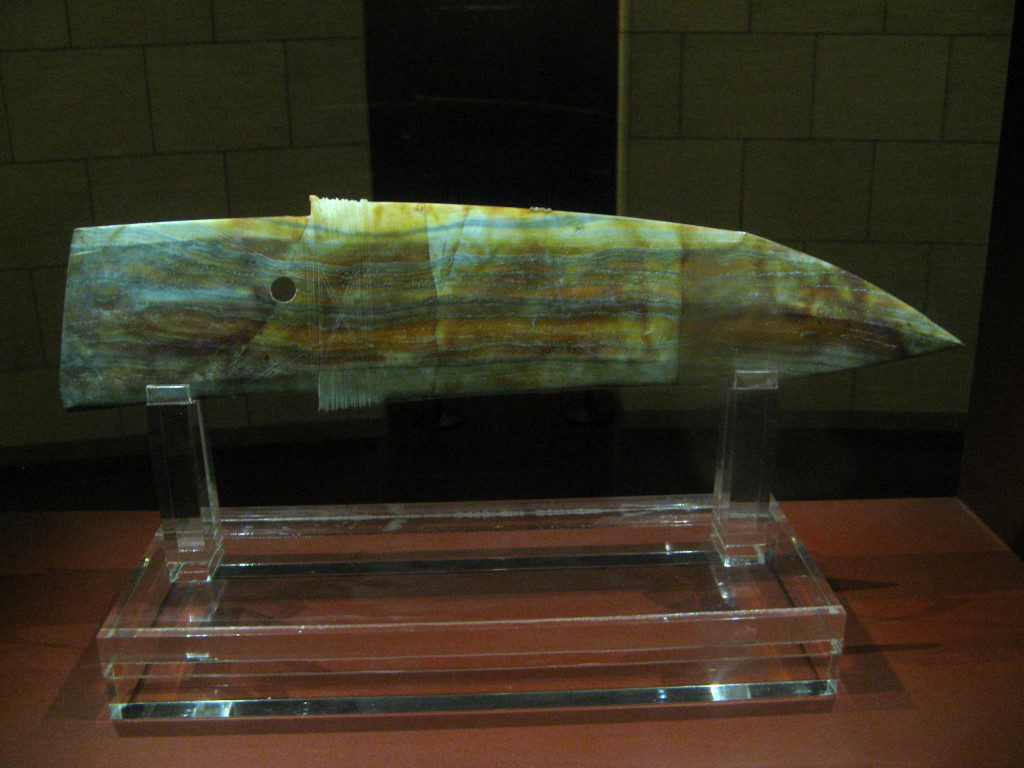
I was interested to hear at Jason’s talk that an increasing number of witches seem to be using athames that aren’t made of metal – wooden, ceramic and crystal athames also exist.
Much as I personally prefer my athame to be metal, I don’t think the tool necessarily needs to be a particular material in order to be considered an athame. I think what is important is that it needs to reflect the qualities of a blade. While it needn’t be sharp, I think it needs to evoke the imagery that we associate with blades – cutting, transformation, piercing, hunting, and so on. If it does not evoke the essence of a blade somehow, I’m not sure if it can still be called an athame – it’s perhaps something more like a wand.
Finally, it should be noted that in plenty of cultures, metals are not used to make blades – flint, obsidian and jade, for example, have all been used by one culture or another to make very effective blades in lieu of metal.
But these are only my personal thoughts – I’m no expert! If you really want some more authoritative views from someone who’s done a lot more research, and has a lot more experience with athames than myself, read Jason Mankey’s The Witch’s Athame – you will be educated and entertained in equal measure.



